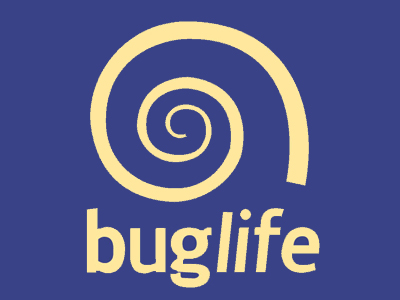
Buglife
This quiz has been kindly written by Rory Dimond from Buglife, the UK charity actively working to save Britain’s rarest little animals, everything from bees to beetles, worms to woodlice and jumping spiders to jellyfish.
If someone asked you to name an endangered species, you might think of big animals like pandas, elephants or gorillas but there are many much smaller creatures that also need our help, like snails, insects and spiders. Invertebrates (animals without a backbone) are the little things that run the world. They recycle waste, control pests and pollinate flowers so that we can grow many of our fruits and vegetables. Buglife is a UK environment charity which aims to halt the extinction of invertebrate species and to achieve sustainable populations of invertebrates for future generations. This quiz hopes to raise awareness of Buglife’s work and what they are doing to help the little things. See their website for lots more information, and help with answering the questions!
Ready for more?
not all...
quizzers. Try to win a coveted spot on our Hall of Fame Page.







